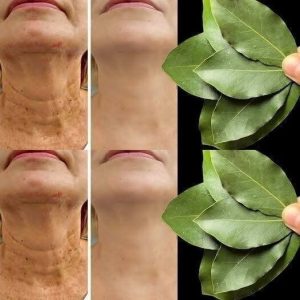A nervous, visibly thin woman in a bikini draws attention to confidence, health, and body image. Her expression suggests unseen pressures and personal struggles, reminding viewers that appearances can hide complex emotions and stories beneath moments that seem relaxed, glamorous, or carefree to others observing from the outside today quietly.
A single image, stripped of context, can generate countless interpretations, and this text uses such an image to explore how quickly assumptions form when vulnerability is visible….

Pope Leo XIV’s one-word message, “Many,” to the United States sparked wide interpretation. Though brief, it emphasized his concern for justice, compassion, and human dignity, especially regarding migrants, the poor, and people facing hardship and adversity.
When asked for a message to the United States early in his papacy, Pope Leo XIV, the first U.S.-born Pope, responded with a single word: “Many.” The…

Social Security COLA Update 2025 explains cost-of-living adjustments, payment increases, and eligibility changes for retirees, disabled beneficiaries, and early claimants. Learn how policy shifts, inflation predictions, and new rules could impact monthly checks nationwide and what to expect this year.
As 2025 approaches, millions of Americans are preparing for the latest change to their monthly Social Security payments. This year, the cost-of-living adjustment (COLA) is set at…

Discover the 10 items you should never store on kitchen countertops. Leaving them out can ruin space, attract pests, and slow daily routines. Despite the risks, many people still keep them there, unaware of the surprising consequences
When I first organized my kitchen, I aimed for practicality and efficiency by keeping everything within easy reach. Spices, utensils, appliances, and ingredients were all arranged on…

Baking soda isn’t just for baking—it cleans, deodorizes, freshens laundry, soothes skin, and removes stains naturally. Affordable and versatile, it offers simple tricks to save money, reduce chemicals, and make everyday home care easier, safer, and more effective.
Baking soda has quietly earned a key role in beauty and personal care routines because it relies on basic chemistry rather than harsh additives or artificial fragrances….

Bay leaves contain natural antioxidants and antimicrobial compounds that may help soothe skin, reduce irritation, and promote clarity. They’re not miracle cures, so proper preparation and patch testing are essential to prevent sensitivity or adverse reactions.
Bay leaves, while safe for culinary use, pose real risks when applied directly to the skin. They contain essential oils and tannins that can irritate sensitive areas,…

Walnuts are a nutrient-packed snack, rich in omega-3s, antioxidants, and fiber. Regular consumption supports heart health, brain function, and reduces inflammation. Just a handful a day can enhance overall wellness and deliver lasting nutritional benefits.
Walnuts may seem like a humble snack, but they are packed with nutrients that deliver powerful benefits for the heart, brain, and overall health. For centuries, these…

Meghan Markle shared a warm holiday card featuring Prince Harry and their children, offering a rare look into their private life. The joyful, relaxed image emphasizes family togetherness, simplicity, and new traditions, quickly drawing public attention and admiration.
A simple holiday greeting shared by Meghan Markle recently sparked widespread attention, demonstrating how even modest moments from public figures can ignite major conversations. The post paired…

This common plant, found almost everywhere, has a long history in traditional medicine. Used in folk remedies for generations, it may offer benefits for tumors, diabetes, and high blood pressure, attracting ongoing research and widespread curiosity.
White mulberry is a tree often overlooked despite its long history of practical and medicinal uses. Originally introduced during colonial times to support the domestic silk industry,…

HT14 reports massive destruction has left countless families in danger, displacing residents and damaging homes. Emergency services are responding, while communities face urgent needs for shelter, food, and safety as the aftermath of the disaster continues to unfold.
Communities struck by sudden and devastating events face profound upheaval, with familiar neighborhoods transformed into landscapes of destruction. Homes, schools, and public spaces are damaged or destroyed,…